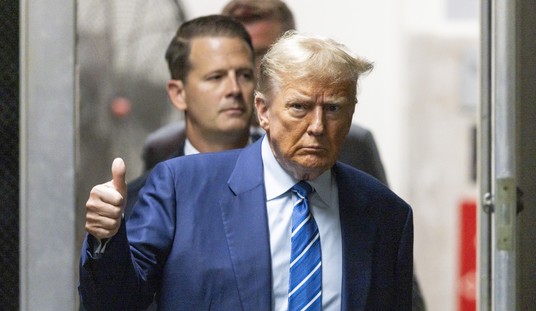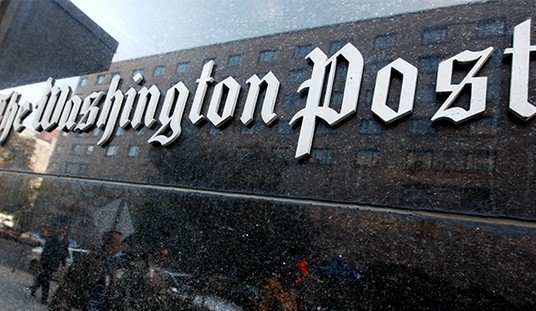WASHINGTON – Virginia law enforcement is “highly convinced” that white nationalists behind August’s violent demonstration in Charlottesville used encrypted-messaging applications to organize the rally, making preparation difficult for police, a state official said today.
“When the Virginia Fusion Center thought there was only going to be a couple hundred people showing up and all of sudden 4,000 people show up – we’re highly convinced now that they were using secured applications to communicate between each other, and we have no way of finding out what they’re saying and what they’re doing,” Joseph M. Flynn, deputy director for the Northern Virginia Regional Intelligence Center, told House lawmakers.
Ahead of the rally, the Anti-Defamation League estimated that as many as 4,000 people might show up, including counter-protesters. Though the group’s permit was approved for a rally of 400, as many as 600 people had signed up via Unite the Right’s Facebook page.
Flynn said that in many cases, groups will post to social media with a time and location for a potentially dangerous event or gathering, and only a handful of people will commit to attending. Law enforcement will turn to fusion centers, which are intelligence-gathering hubs established after 9/11, and decide the significance of the threat.
The House Committee on Homeland Security’s Subcommittee on Counterterrorism and Intelligence scheduled today’s hearing to discuss suspicious activity reporting since 9/11.
“They may stand up a whole agency or just set up a whole (Civil Disturbance Unit) deployment of 20 guys, and now they have to roll the dice of, do I get 5,000 protesters, or do I still get those 10, or do I get nothing?” Flynn said. “And that’s the latest challenge that we have right now in law enforcement, so we try not anymore to say ‘we don’t know of any threats’ because we’re not going to know because they’re securely communicating with each other.”
During the rally, 20-year-old Ohio man James Fields, Jr. allegedly rammed his Dodge Challenger into a crowd of counter-protesters, killing 32-year-old Heather Heyer and injuring at least 19 others. Two state troopers were also killed in a separate helicopter crash.
Law enforcement all over the U.S. and in Europe have been formulating strategy about how to deal with encrypted messaging like WhatsApp, which is owned by Facebook. Police in London, for instance, say that 52-year-old Khalid Masood used the application prior to ramming a crowd of people with a vehicle on the Westminster Bridge, killing six.
Much of today’s discussion concerned coordination between local, state and federal agencies during terrorist attacks. In the 13 months or so that he’s been on the job, Flynn said that the Northern Virginia Regional Intelligence Center has established a strong relationship with the FBI field office in Washington. The FBI’s Joint Terrorism Task Force, he said, was instrumental in piecing together intelligence following the June congressional baseball practice shooting, in which House Majority Whip Steve Scalise (R-La.) and five others were wounded.
“We didn’t have to get in the way or bother anybody,” Flynn said. “(FBI’s JTTF) were actually trusting us to come to us, and we fulfilled that obligation for them. To me that’s an example of their actually wanting to work with us. We believe in what we do and that we’re here to work together for a common cause.”
Bill Evans, police commissioner for the city of Boston, said that coordination and training between agencies during the 2013 Boston Marathon bombing allowed responders to save dozens, if not hundreds, of lives when treating the some 267 injured at city trauma centers.
“Every one of them survived,” Evans said. “That doesn’t happen by accident.”








Join the conversation as a VIP Member